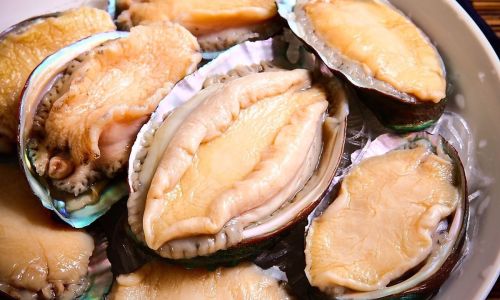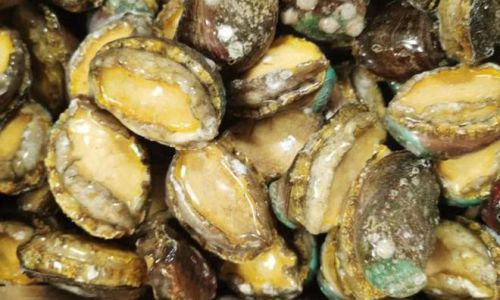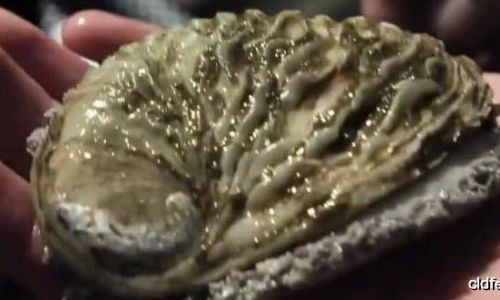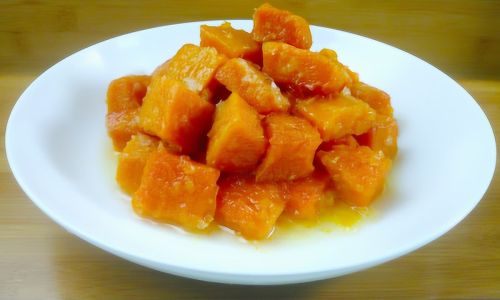Introduction
Abalone, a marine snail revered for its iridescent shell and tender flesh, has long occupied a coveted niche in global cuisine. Often dubbed the “gold of the ocean,” this delicacy commands prices that can exceed $500 per kilogram in high-end markets, making it one of the world’s most expensive seafood items. While its unique flavor and texture contribute to its allure, the steep cost of abalone is rooted in a complex interplay of ecological fragility, labor-intensive cultivation, and relentless demand. This article explores the multifaceted reasons behind abalone’s astronomical price tag, shedding light on the biological, economic, and cultural forces that sustain its status as a luxury commodity.
Scarcity and Overfishing: A Race Against Extinction
Abalone populations have plummeted globally due to decades of overharvesting. Native to coastal regions of Australia, South Africa, Japan, and the Americas, these slow-moving mollusks were once abundant. However, their popularity as a food source—coupled with habitat destruction and pollution—has pushed many species to the brink of collapse. For instance, the once-thriving black abalone (Haliotis cracherodii) along California’s coast has seen a 99% decline since the 1970s, primarily due to overfishing and disease.
Governments have responded with stringent regulations, including fishing quotas, seasonal bans, and outright prohibitions. In Australia, commercial fishing of wild abalone is permitted only in select regions under strict license systems, with annual catches capped to prevent depletion. Similarly, South Africa’s permits are rare and expensive, limiting access to a fraction of its historical stocks. These measures, while critical for conservation, artificially constrain supply, driving prices upward.
Aquaculture Challenges: The High Cost of Cultivation
While wild abalone is scarce, farmed abalone accounts for roughly 40% of global production. Yet, cultivating these mollusks is fraught with difficulties. Abalone are notoriously slow-growing, requiring 3–5 years to reach market size (8–10 centimeters). This extended maturation period ties up capital and resources, increasing production costs.

Their diet further complicates farming. Abalone are herbivores that graze on red algae, a dietary preference that necessitates either cultivating algae on-site or sourcing it externally. Some farms opt for formulated feeds, but these often fail to replicate the nutritional profile of natural algae, affecting growth rates and meat quality.
The larvae stage is another hurdle. Abalone larvae are microscopic and require precise conditions to attach to substrates—a process called “settlement.” Many farms lose up to 90% of larvae during this phase due to sensitivity to water temperature, salinity, and microbial imbalances. Disease outbreaks, such as withering syndrome (a bacterial infection), also plague aquaculture operations, often resulting in mass mortalities.
Labor-Intensive Harvesting and Processing
Even in aquaculture, abalone farming remains labor-intensive. Unlike shrimp or salmon, which can be raised in high-density tanks, abalone require low-stocking densities to prevent stress and disease. Workers must manually inspect each mollusk, clean their shells, and monitor feeding patterns—a meticulous process that scales poorly with production volume.
Wild abalone harvesting is equally arduous. Divers in countries like New Zealand and Mexico brave treacherous conditions to pry abalone from rocky seabeds, often limited by depth restrictions and physical endurance. Poaching remains a persistent threat, with illegal harvests estimated to exceed legal catches in some regions. This black market activity not only undermines conservation efforts but also inflates prices, as legal operators face higher compliance costs.
Processing abalone for consumption is another layer of expense. The meat must be shucked from the shell, tenderized (often by pounding with a mallet), and sometimes marinated to enhance flavor. In Asian markets, live abalone is prized, requiring specialized packaging and transportation to ensure survival during transit.

High Demand in Global Markets: A Cultural Icon
Abalone’s culinary appeal transcends borders, but its cultural significance in Asia is unparalleled. In China, Japan, and Korea, abalone symbolizes wealth and prosperity, often served at weddings, Lunar New Year feasts, and other celebratory occasions. Dried abalone (bao yu in Cantonese) is particularly coveted, with premium grades fetching thousands of dollars per kilogram.
The rise of Asia’s middle class has fueled demand, as more consumers seek luxury ingredients. Simultaneously, Western gourmands have embraced abalone, with high-end restaurants in Europe and North America featuring it in dishes like abalone carpaccio or seared abalone with truffle butter. This globalized demand outstrips supply, creating a seller’s market.
Environmental and Regulatory Pressures
Climate change exacerbates abalone’s vulnerabilities. Rising sea temperatures, ocean acidification, and extreme weather events disrupt their habitats. In Australia, marine heatwaves have caused mass die-offs of wild abalone, while in South Africa, coastal upwelling changes have reduced algal availability.
Regulatory frameworks add to the cost burden. Compliance with environmental impact assessments, catch certificates, and anti-poaching measures requires significant investment. For example, Australia’s abalone industry spends millions annually on research and monitoring to ensure sustainability, costs that are passed to consumers.
Transportation and Storage: The Perishability Premium
Abalone’s short shelf life necessitates rapid, cold-chain transportation. Live abalone must be packed in seawater-filled containers and shipped within days of harvest, while processed meat requires freezing or vacuum-sealing to preserve texture. These logistics are particularly challenging for exports, with air freight costs and customs delays further inflating prices.

Prestige and Culinary Status: The Luxury Tax
Finally, abalone’s exclusivity is self-perpetuating. As a symbol of status, it commands a premium akin to caviar or truffles. Restaurants and retailers leverage its rarity to justify high markups, creating a perception of value that transcends its actual production costs.
Conclusion
Abalone’s exorbitant price is a reflection of its ecological fragility, the economic realities of its cultivation, and its cultural resonance as a luxury good. While advancements in aquaculture may gradually ease supply constraints, the mollusk’s inherent biological constraints and enduring global demand ensure its position as one of the ocean’s most prized—and priciest—treasures. For now, abalone remains a testament to the adage that rarity, more than flavor, often dictates value in the culinary world.






0 comments